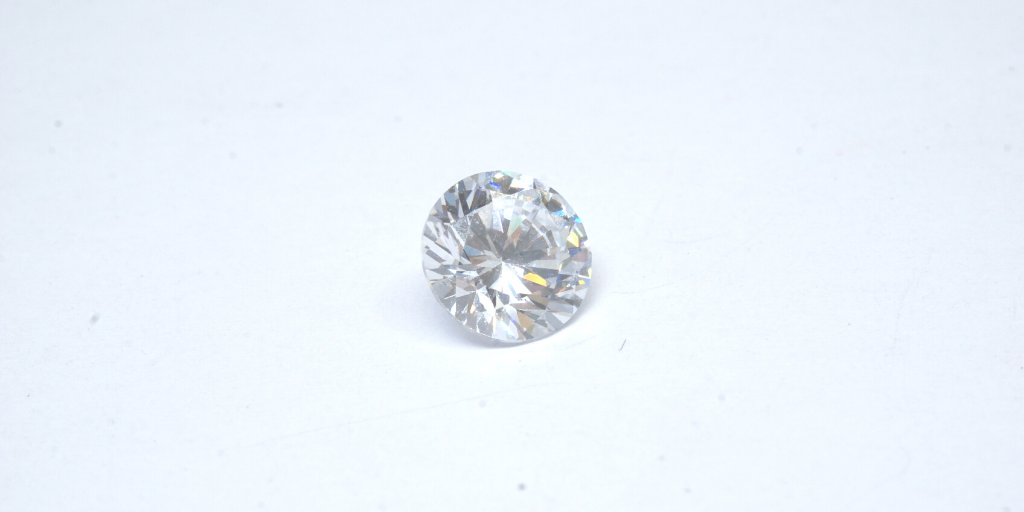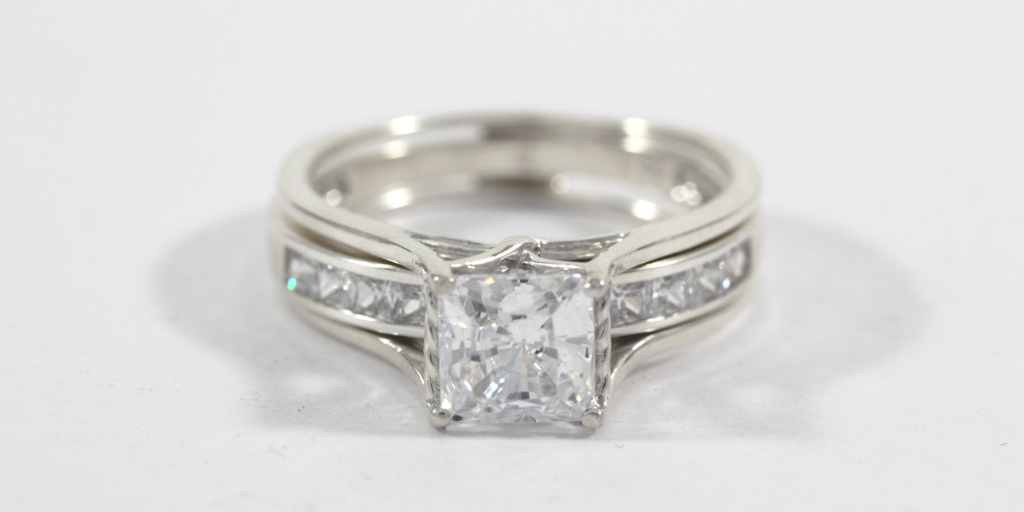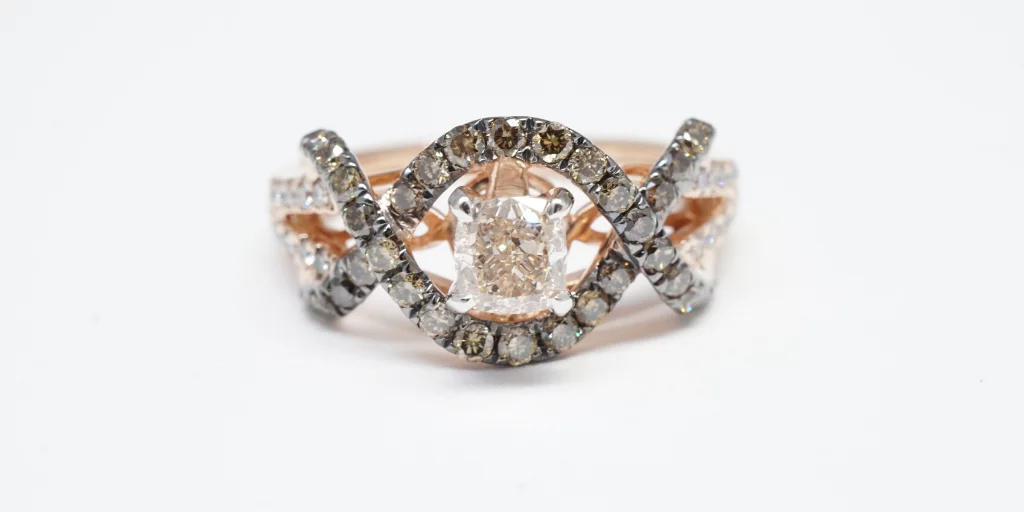May 15, 2020

Jewelry isn’t just an art form, it’s also an industry with a lot of unique scientific processes! Not only have we perfected metalworking, but scientists have also experimented with the chemical properties of the minerals we lovingly refer to as gemstones. And when it comes to diamonds, we’ve definitely made strides in creating this prized jewel in the lab. But what exactly are lab-created diamonds, and why should you consider them over natural diamonds? Read on to learn more.
Natural vs. Synthetic vs. Simulant Stones

When it comes to stones, there’s a lot of confusion in the general public about the difference between natural, synthetic, and simulant. Natural diamonds are self-explanatory; they were made by Mother Nature and mined out of the earth. Synthetic diamonds are lab-created diamonds, but they share the exact same chemical properties as a natural diamond. In fact, aside from how they’re created, natural diamonds and synthetic diamonds are the same material.
Simulant diamonds, on the other hand, is the term that is used to describe materials that “mimic” diamonds, but are not diamond. A simulant is typically cubic zirconia, but even cheaper materials such as crystals or glass can be used.
Because synthetic and simulant is often interchangeably used in an incorrect fashion by sellers, the public often mistakes synthetic diamonds or lab-created diamonds as “fake.” This is technically not true, as lab-created diamonds are the same in chemical and physical structure as a natural diamond.
How Lab Created Diamonds are Made
Lab-created diamonds are manufactured in several ways, but there are two methods commonly utilized by gem labs. The first is HPHT, or high pressure high temperature. Using a diamond “seed,” or a miniscule portion of existing diamond, this seed is placed into a press that mimics the same conditions that natural diamonds undergo to form a larger stone. These presses weigh up to hundreds of tons and operate at a temperature of 1500°C.
The second method is CVD, or chemical vapor deposition. A diamond is grown through a chemical process thanks to a hydrocarbon gas mixture. In comparison to HPHT this process has recently become more popular, as scientists have better control over the quality and color of diamonds grown from CVD. HPHT diamonds, according to GIA studies, have a tendency to veer towards brown or yellow colors due to contamination from other elements in the creation process.

This light brown cushion cut diamond is considered a fancy diamond due to its color.
With both of these processes, it should be noted that we now have the technology to control the resulting qualities of the stone, and even reproduce colored diamonds that are extremely rare in nature by introducing the corresponding elements into the stone creation. For instance, trace elements of boron will turn the diamond blue.
Lab Created Diamonds vs. Natural Diamonds
With a better understanding of what lab-created diamonds are, the question now boils down to the pros and cons of lab-created diamonds versus natural diamonds.
Lab-created diamonds win on several fronts; they’re more affordable as they’re easier to obtain and manufacture, they are generally higher quality thanks to the controlled creation process, they can come in a variety of colors with better hue and saturation than natural colored diamonds, and best of all they have no controversial affiliations from a social and environmental perspective, as their procurement does not damage the environment or fuel illegal labor practices and warfare in origin countries. However, the one bad thing going for them is their reputation; diamonds are highly prized as a romantic gemstone, and the “artificiality” of lab-created diamonds may be a turn off for people.
Natural diamonds, on the other hand, have one thing going for them; their rarity. The price of a VVS1 natural diamond is more exorbitant than that of a lab-created diamond of the same quality, simply because it’s statistically more difficult to procure a natural diamond of this quality than to manufacture it. In other words, it’s an outlier of Mother Nature. Natural diamonds come in lower quality, lesser color display, and can be controversial as they’re often sourced from economies with human rights sanctions. In addition, the mining process used to excavate natural diamonds is extremely detrimental to the environment and surrounding native communities. Natural, ethically and environmentally sourced diamonds such as Canadian diamonds are extremely expensive because of their background and public demand.
Now you’re up to date on lab created diamonds vs. natural diamonds! Comment below; which one do you think you prefer now after learning more about these synthetic options?
SHARE
Ten articles before and after
5 Types of Locket Styles You Should Know
A Quick Guide To Bangle Repair
Why You Should Consider Lab-Created Diamond Engagement Rings
8 Tips On How To Reopen Your Jewelry Business
Why DIY Jewelry Repair Can Cost You More
4 Types of Jewelry You Shouldn't Buy
Is Platinum Jewelry Worth Buying?

